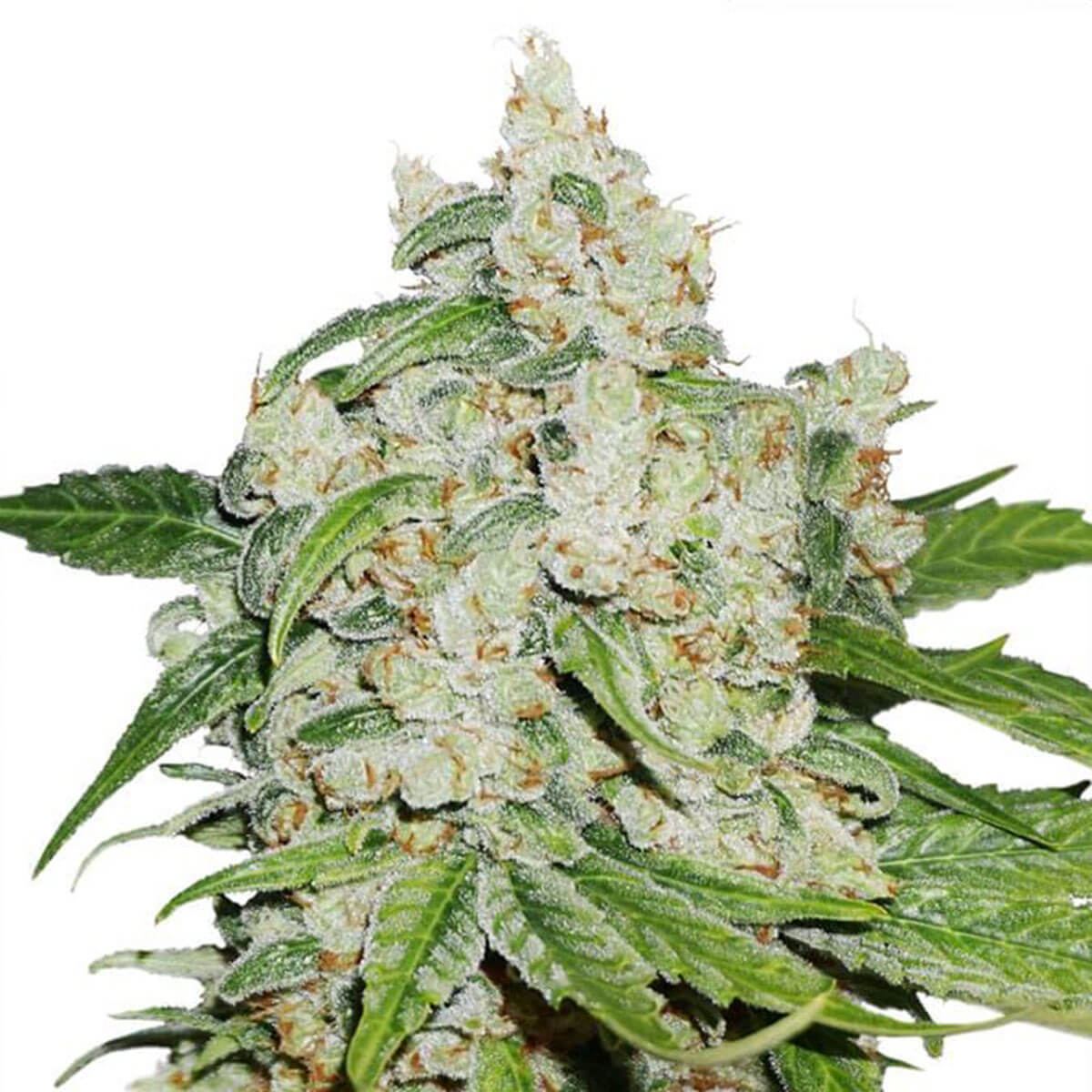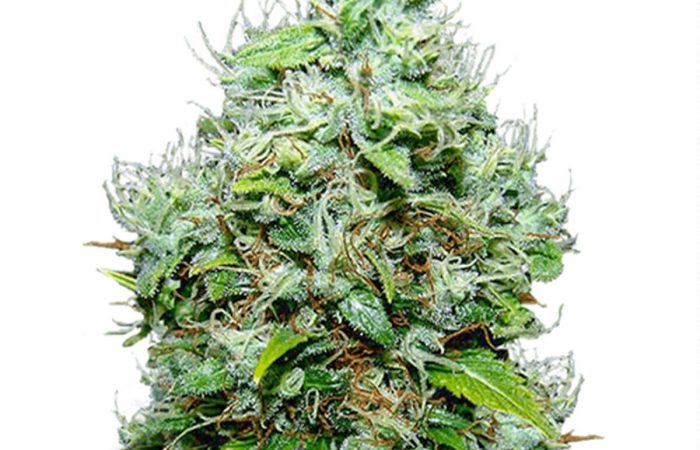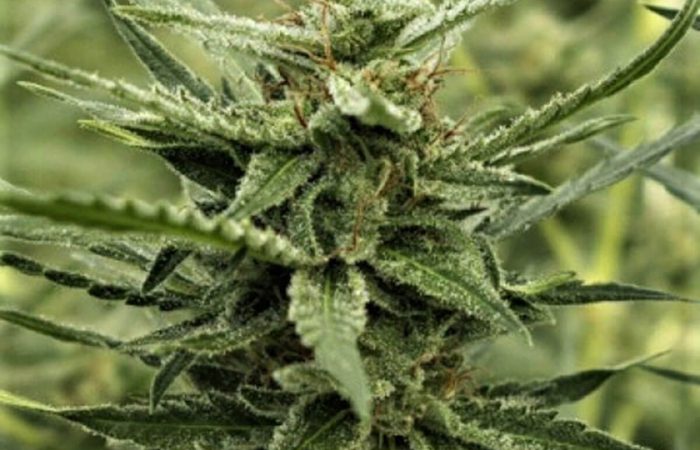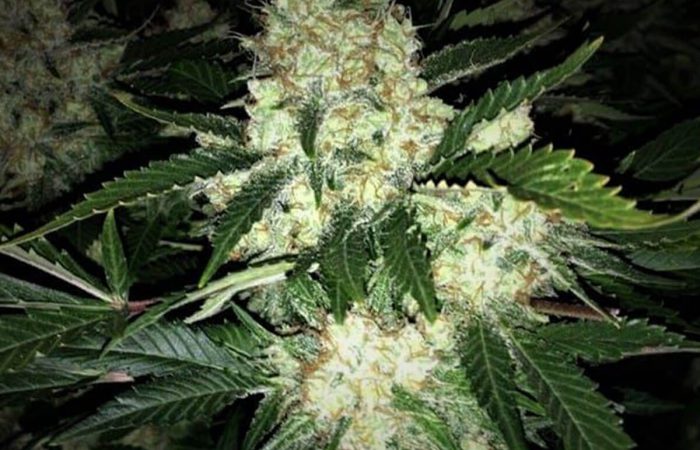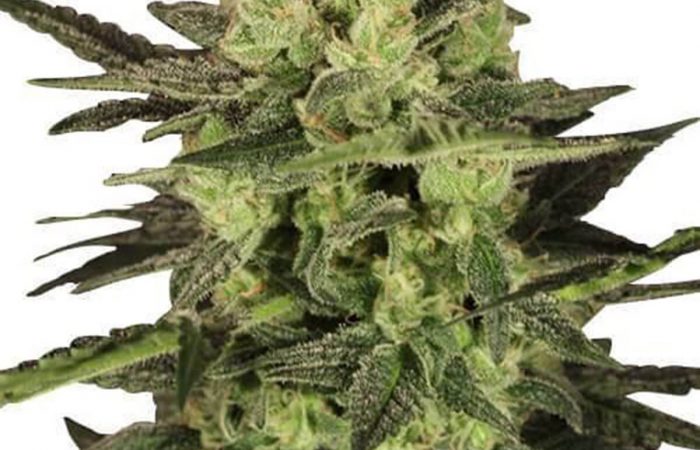Auto Brooklyn Sunrise Strain FAQ
How to avoid nutrient burn when growing Auto Brooklyn Sunrise?
Autoflowering cannabis plants are unique because they do not require a change in the light cycle to flower. Instead, they begin flowering when they reach a certain age. This makes them relatively easy to grow, but it also means that they are more susceptible to nutrient burn. Nutrient burn is a common problem among autoflowering cannabis growers and can quickly ruin a crop. The best way to avoid nutrient burn is to start with a light feeding schedule and gradually increase the amount of nutrients as the plants grow. It is also essential to monitor the leaves for signs of nutrient stress, such as yellowing or browning. If a nutrient burn does occur, it can often be remedied by flushing the soil with water. By following these simple tips, you can avoid the common problem of nutrient burn and ensure a healthy harvest of autoflowering cannabis.
How to boost the resin production of autoflowering plants?
Autoflowering cannabis plants are not exactly known for their high resin production. However, growers can do a few things to give their plants an extra boost. One way to increase resin production is to keep the leaves dry. This helps prevent mold and mildew growth, reducing the amount of available cannabinoids. In addition, keeping the leaves dry also helps to reduce the risk of insect infestation. Another way to boost resin production is to provide the plants with plenty of light. Cannabis plants need at least 18 hours of light per day to produce high levels of resin. Finally, growers can also increase the potency of their plants by fertilizing with a high-quality nutrient solution. By following these simple tips, growers can maximize the resin production of their autoflowering cannabis plants.
How to properly transplant autoflowering plants?
Autoflowering cannabis plants are an excellent option for growers who want a quick and easy harvest. However, these plants can be delicate, so it is vital to take care when transplanting them. The first step is to choose a new pot that is only slightly larger than the current one. Then, water the plant well and wait for the soil to drain before gently removing it from the pot. Be careful not to damage the roots, and if possible, keep the root ball intact. Once the plant is in its new pot, water it generously and place it in a location that receives plenty of light. Your autoflowering cannabis plant will quickly adjust to its new home with proper care.
How to avoid or fix transplant shock in autoflowering plants?
Any time you move a plant from one location to another, it will experience some shock. This is especially true for autoflowering cannabis plants, which are particularly sensitive to stress. Transplant shock can manifest itself in a number of ways, including wilting leaves, yellowing foliage, and slowed growth. However, you can do a few things to help your plant recover from transplant shock and get back on track. First, make sure you replant the cannabis plant at the same depth it was previously growing. If the roots are exposed, they will quickly dry out and die. Second, water the plant deeply and regularly during the first few weeks after transplanting. This will help to promote root growth and reduce stress on the plant. Finally, be patient; it may take a little time for your plant to adjust to its new home, but it will eventually bounce back. With a little care and attention, you can Fix transplant shock in autoflowering cannabis plants.
